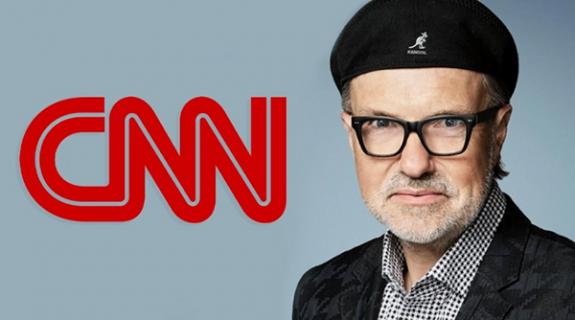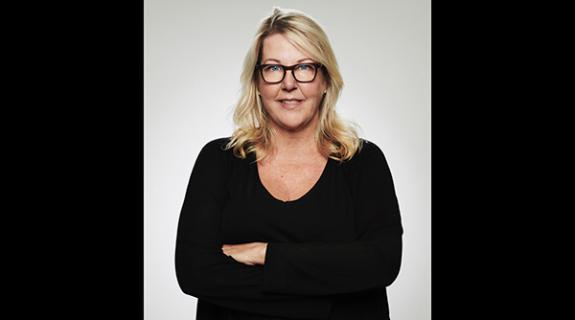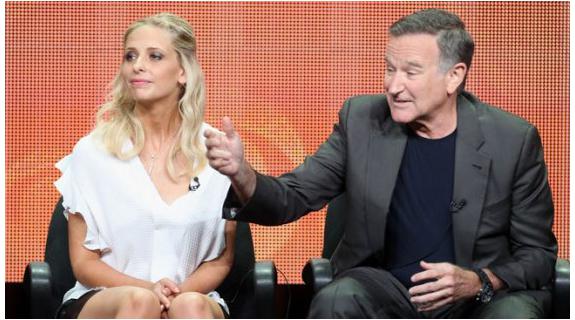Advertisers are longer laser-focused on the adults 18-49 demographic, CBS Research Chief David Poltrack said Monday at the Television Critics Association summer press tour in Beverly Hills. CBS, which attracts television’s most viewers and often skews older than the other broadcast networks, has long been trying to move the spotlight off of that demographic.
“I can assure you that the overwhelming majority of big advertisers care about far more than that audience and are in fact no longer looking at age and gender alone,” Poltrack said, noting that adults 18-49 now make up only 55% of the US population, down from its heyday of 62% in 2002. He also said that as Baby Boomers move out of 18-49 and Millennials move in, television audiences are getting younger, and young adults watch far less television. “The more value that’s attributed to older viewers, the better for CBS,” Poltrack concluded.
Poltrack also talked social media. Pointing out that the premiere of Syfy’s “Sharknado” brought in less than a tenth of the 12 million viewers brought in by the premiere of CBS’ “Under the Dome,” despite a Twitter feeding frenzy about the show, Poltrack said that Tweeting does not equal viewership. He did acknowledge, however, that “Twitter is growing and expanding [and CBS is] not avoiding it but we’re going to immerse ourselves in it. We believe in social media. We are building marketing programs to address how much to take advantage of this.”
Elsewhere at TCA 2013, the cast and executive producers of CBS’ new sitcom, “The Crazy Ones,” which stars Robin Williams and Sarah Michelle Gellar as father/daughter advertising executives, said that McDonald’s did not pay to be featured in the pilot. “McDonald’s sort of organically made its way into the series… Using a brand is exciting because it makes the world seem more authentic. So far no money has exchanged hands. McDonald’s did not pay anything for a role in the pilot, nor did they have approval for how they were portrayed.” said Executive Producer Jason Weiner.
Brief Take: Advertisers may be becoming less focused on targeting adults 18-49, but the bigger problem for television is that it’s easier and cheaper for advertisers to target whatever demographic they are seeking on digital media. Television needs more targeted measurement systems in order to compete with the new digital paradigm.
Tags:



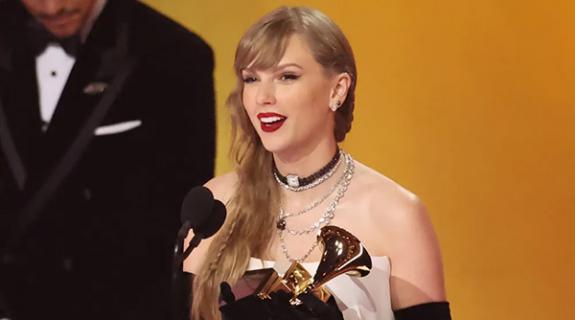
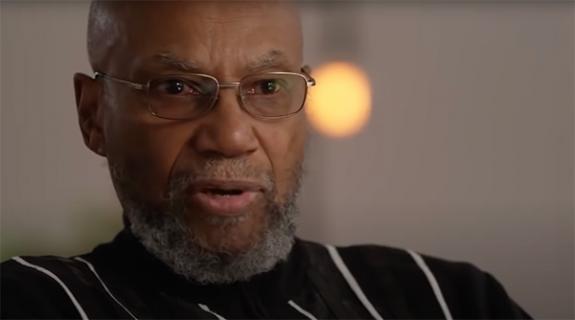




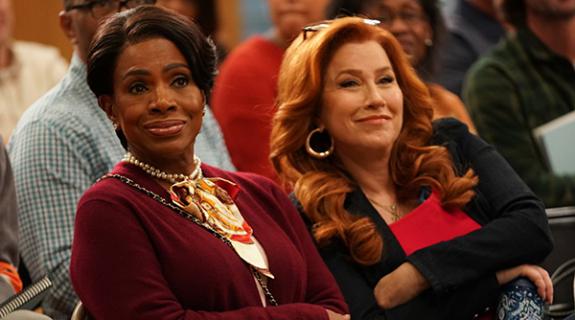


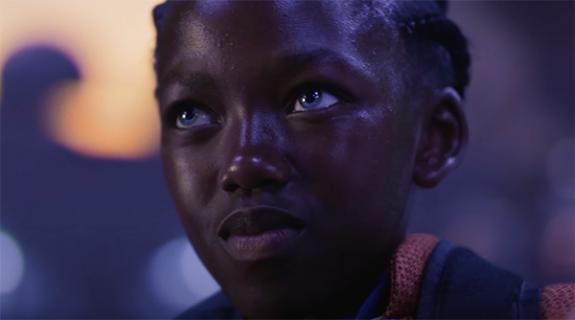

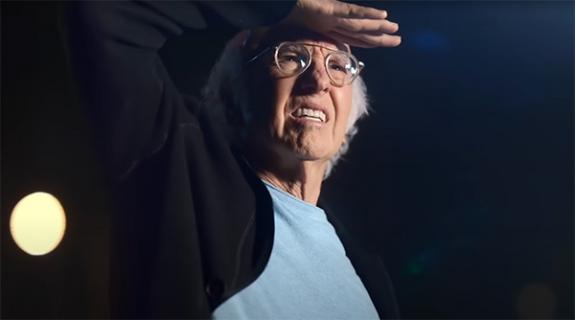









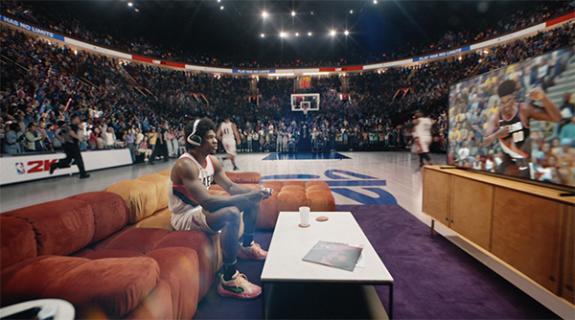




















__twocolumncontent.jpg)


